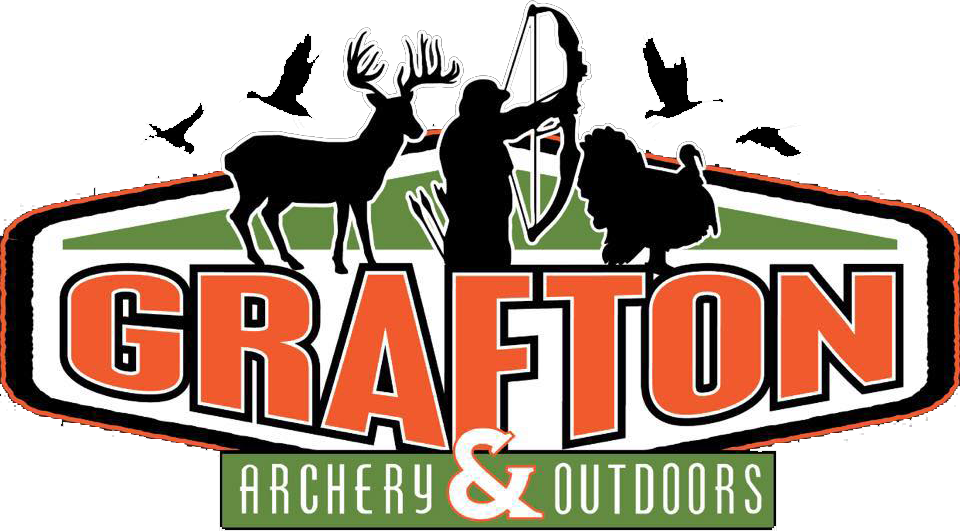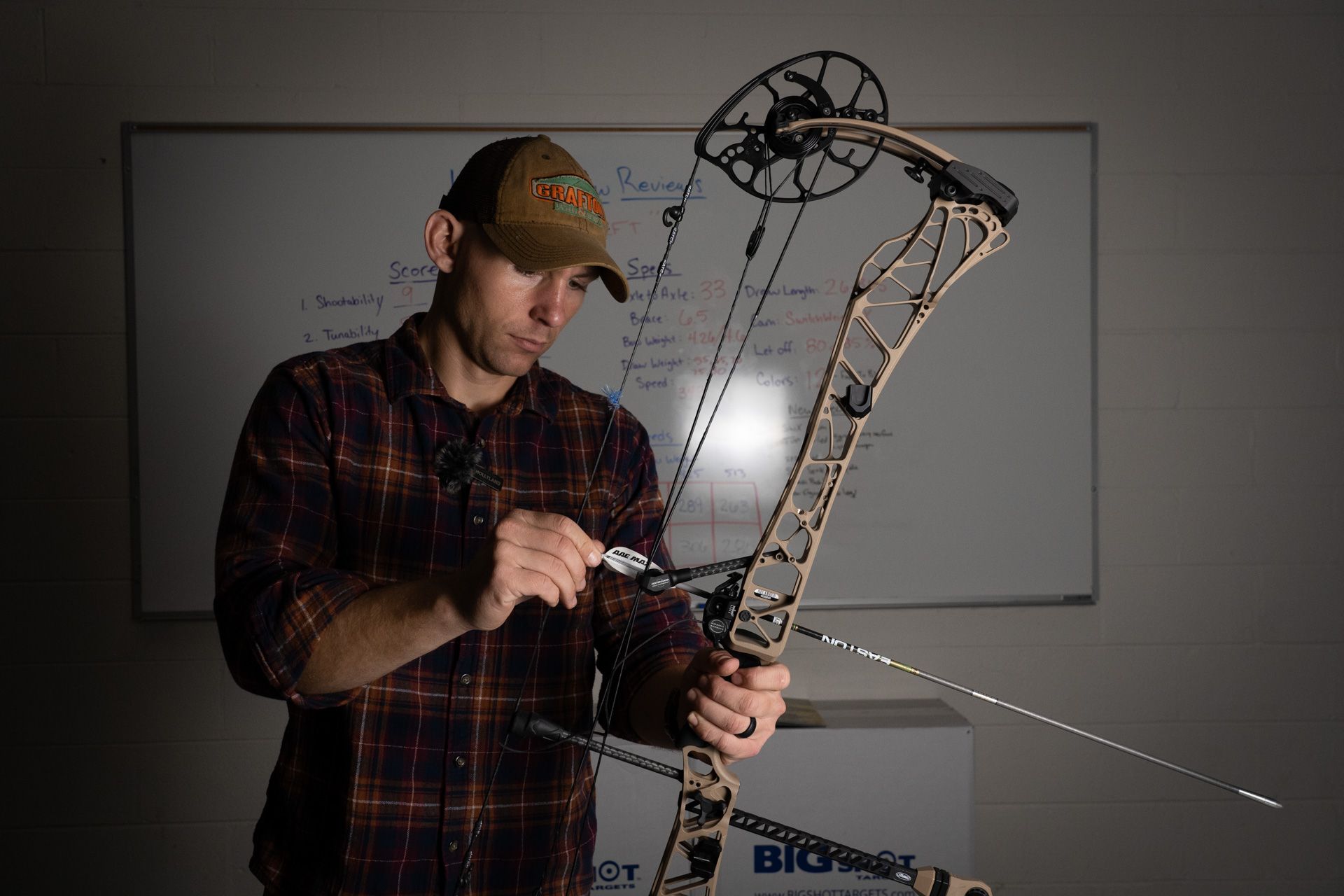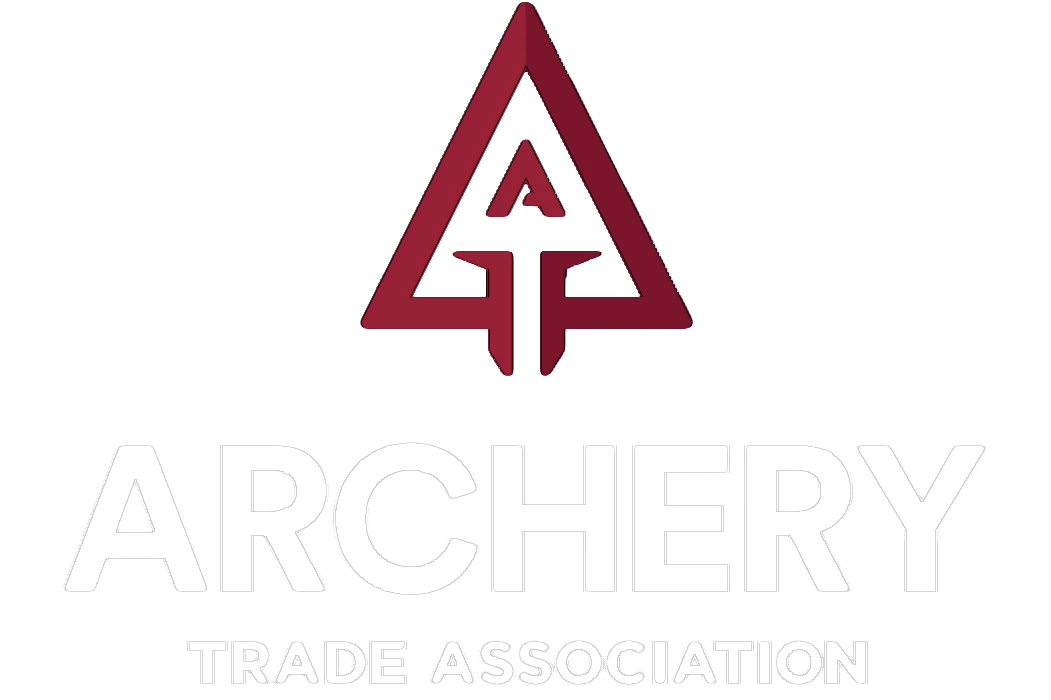Blog
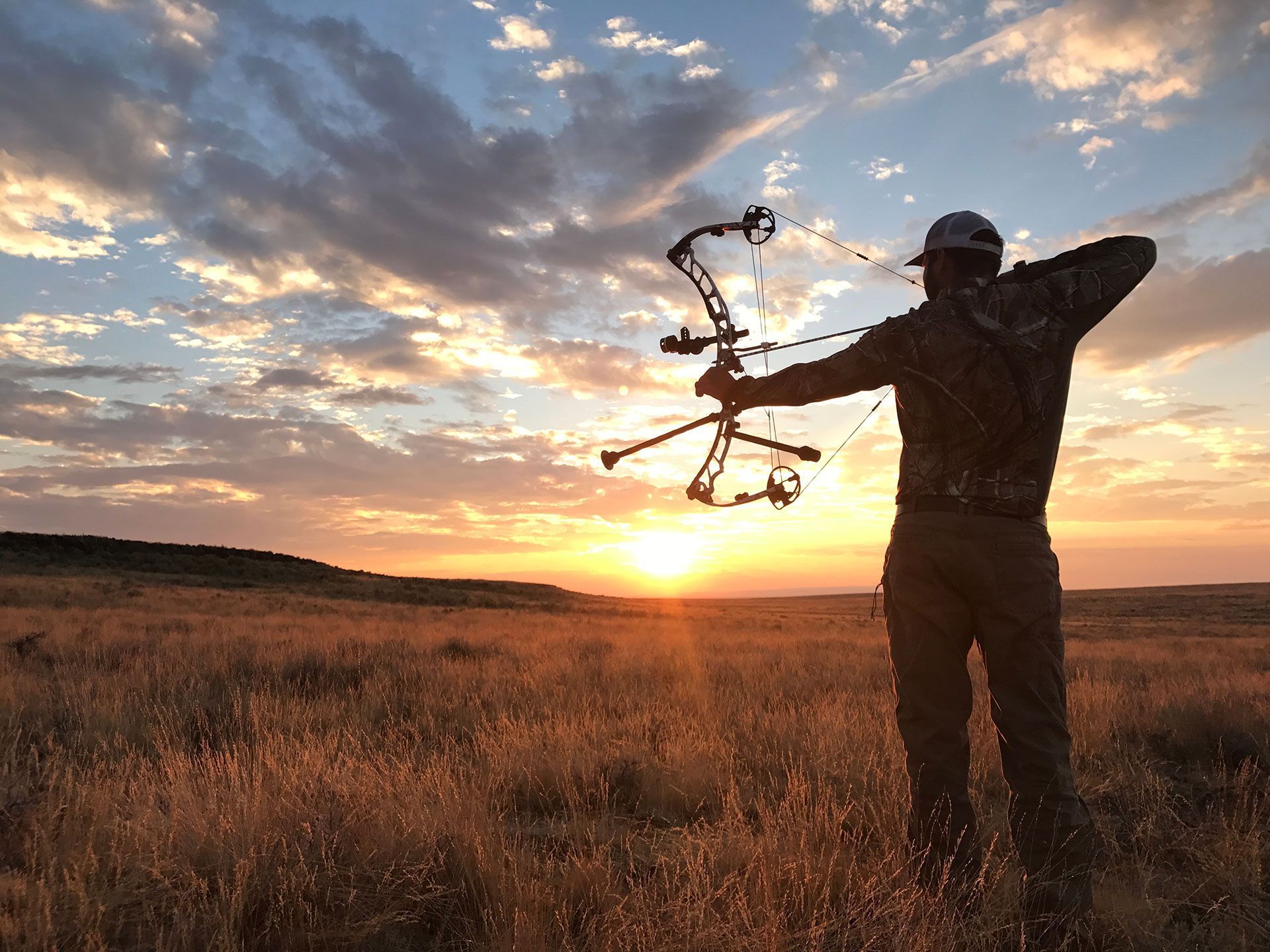
By Joe Darnell
•
April 3, 2025
The 2025 archery season is almost here, and it’s time to fine-tune your gear and dial in that killer instinct. Whether you’re a seasoned warrior with arrows already in the quiver or a new blood ready to step into the arena, Grafton Archery & Outdoors has what you need to lock in your edge. Our expert technicians have the know-how to get your gear performing at its absolute peak, and we’ve got the latest 2025 compound bows that’ll take you to the next level. It’s time to prep for an unforgettable season!
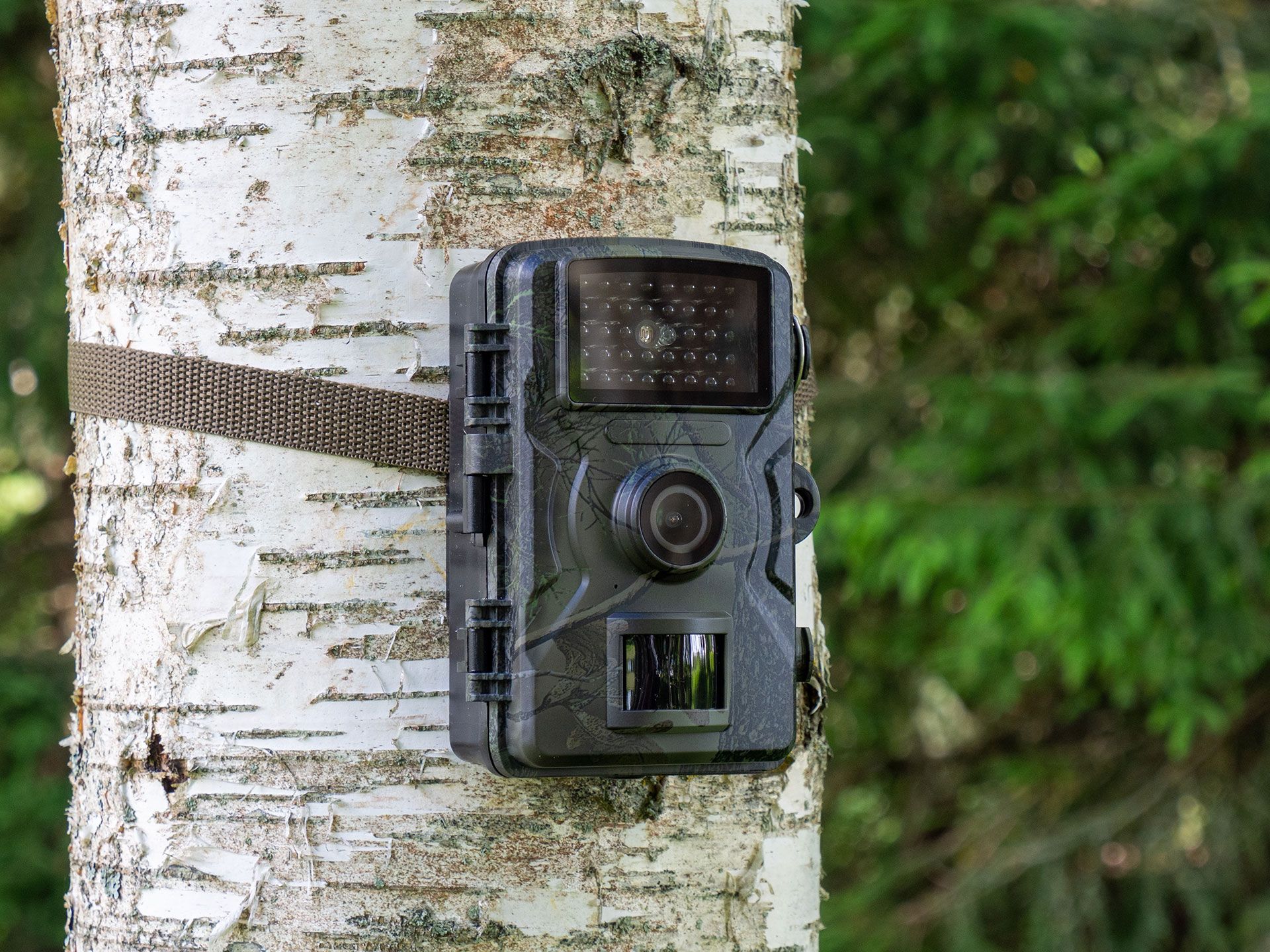
March 28, 2025
Scouting is one of the most important parts of a successful hunt, and trail cameras have become the go-to tool for gathering intel before the season opens. But there’s one recurring issue hunters deal with year after year—dead batteries. Whether it’s from extreme temperatures, frequent motion triggers, or remote placements that are hard to reach, losing power on your trail cam can cost you valuable patterning information. That’s where the Reveal External Solar Panel comes in—and why more hunters are making the switch to solar power. At Grafton Archery & Outdoors , we carry the Reveal External Solar Panel for good reason: it helps North Carolina hunters keep their cameras powered longer and reduces the need for constant battery swaps or mid-season trips into pressured areas. What the Reveal External Solar Panel Does The Reveal External Solar Panel is designed to work with compatible Reveal trail cameras (check your model for compatibility) and provides continuous power using a built-in rechargeable battery and solar charging system. It connects via a weatherproof cord and is mounted near the camera for consistent energy input. Unlike internal AA batteries that need to be replaced every few weeks during high-traffic periods, this external panel stores solar energy and maintains your camera’s operation even during extended periods of overcast weather. When set up correctly, it can keep a camera operational for weeks or even months at a time without any manual maintenance. Benefits for Bowhunters For bowhunters in North Carolina, pre-season scouting starts well before opening day. Getting consistent data on travel routes, scrape lines, food source timing, and bedding patterns requires cameras that stay active 24/7. The Reveal External Solar Panel helps in several ways: Reduces intrusion: Less time walking in to replace batteries means less pressure on deer. Saves money: Fewer disposable batteries used throughout the season. Increases reliability: Keeps your camera recording movement when batteries would otherwise fail. Suits remote locations: Perfect for hard-to-reach spots or off-grid setups where battery changes are a hassle. For those running multiple cameras, adding solar panels is an easy way to maximize uptime and minimize disruption—especially in early fall when every hour of daylight counts. Best Practices for Setup To get the most out of your Reveal External Solar Panel, placement is key. While the panel doesn’t need full sunlight all day, positioning it to catch morning or midday sun will significantly improve its efficiency. Here are a few tips we share in the shop: Mount the panel facing south or southeast to get the most consistent light throughout the day. Avoid heavy tree canopy or thick brush that may block light. Use the adjustable mount to angle the panel slightly upward for optimal exposure. Check the weatherproof connection to the camera to ensure it’s snug and properly sealed. While the panel is weather-resistant, it's still smart to inspect it periodically during the season—especially after heavy storms or wind. Available Now at Grafton Archery & Outdoors We stock the Reveal External Solar Panel year-round at Grafton Archery & Outdoors because it’s one of the simplest upgrades you can make to your camera setup. Whether you’re running a single unit or building out a full grid of cameras across your property, adding solar helps you scout smarter and stay out of your spots longer. Let us know if you need help pairing it with your current Reveal camera model or setting up your gear before the season starts. Our team can walk you through the basics in-store and answer any compatibility questions you might have.
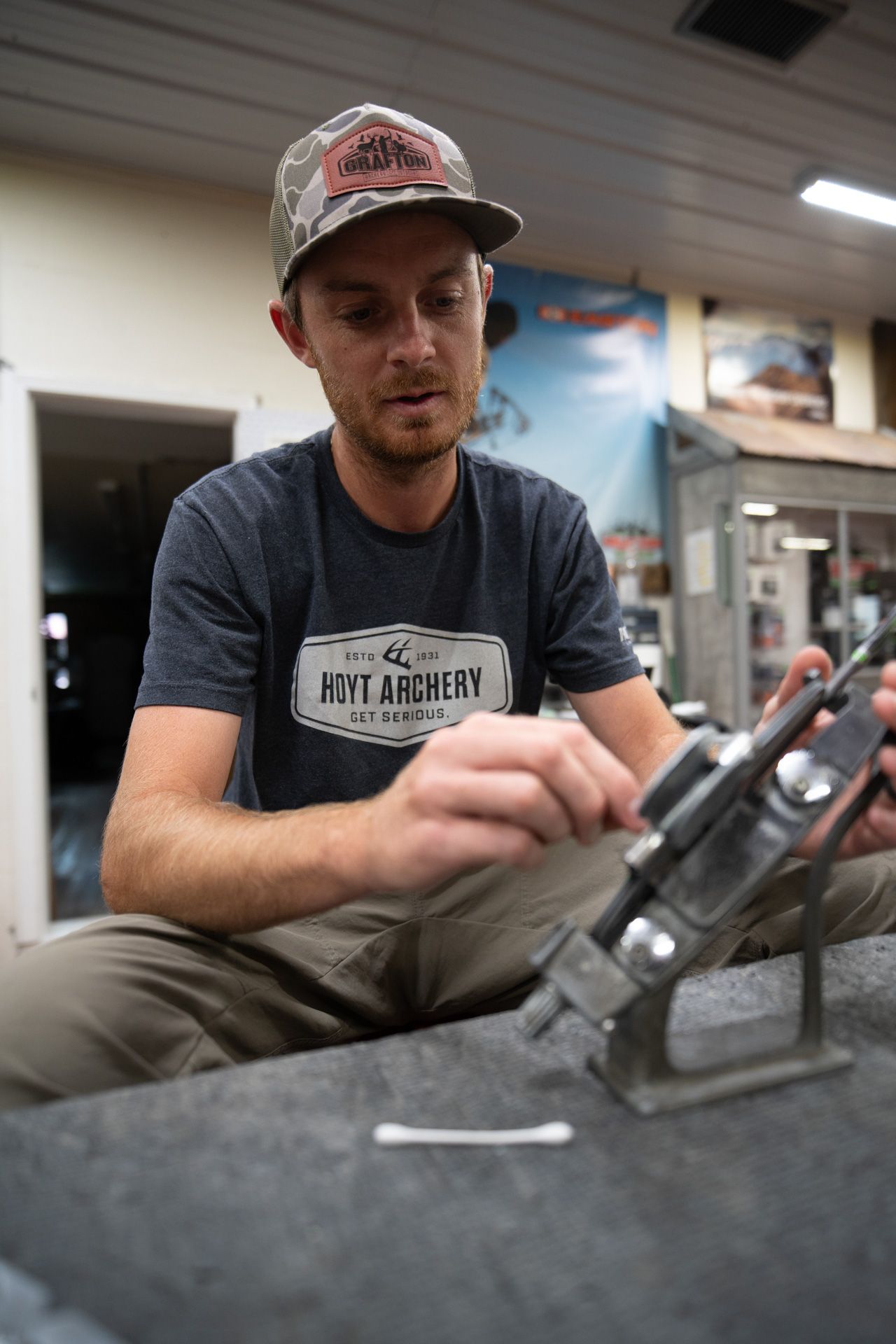
March 21, 2025
If you’ve been shooting the same bow for a few seasons—or even just since last year—it’s worth asking a simple question: is it still tuned the way it should be? Small issues can sneak up fast, especially after hard use in the woods or long months of storage. And at the moment of truth, even a slight tuning problem can cause a missed shot or poor arrow flight. At Grafton Archery & Outdoors , we’ve been tuning bows for decades. Our technicians handle everything in-house, from cam timing and draw weight adjustments to rest setup and broadhead tuning. Whether you’re getting ready for your first hunt or trying to tighten up groups before the season opener, here are five clear signs that your bow could benefit from a professional tune-up. Your Arrow Flight Isn’t Consistent If your arrows are grouping wide—even at short distances—it’s not always the shooter. Unstable arrow flight is often caused by timing issues, improper nock travel, or inconsistent spine reaction due to bow setup. You may notice arrows wobbling in flight, inconsistent impact points with broadheads vs. field points, or unexplained flyers during practice. All of these can point to tuning issues that need to be addressed beyond sight adjustments. Our techs check cam sync, timing marks, arrow rest position, and paper tune results to diagnose flight issues and help correct them with precision. Your Cam Timing Is Off Modern compound bows rely on precise cam synchronization to deliver smooth, accurate shots. If your cams are out of time, even slightly, it can lead to erratic nock travel and reduced performance. One sign your timing may be off is a rough draw cycle or a “hitch” near the back wall. Another is inconsistent let-off, where one shot feels completely different from the next. We use a draw board to check timing and make corrections through twist adjustments in the cables. Proper timing isn’t just about performance—it’s about confidence every time you draw. Your Strings or Cables Show Wear Your strings and cables take a beating during the season. If they’re frayed, dry, separating at the serving, or showing flat spots near the cam track, they need to be addressed. Not only does this affect safety, but string wear also causes changes in peep height, draw length, and sight alignment. We inspect string condition, check for stretch, and adjust or recommend replacements when necessary. Even high-quality strings degrade over time, especially if stored in a hot garage or left unprotected in the field. If you’re using fixed or mechanical broadheads, any change in string specs can also throw off your point of impact—especially beyond 30 yards. Your Peep or D-Loop Isn’t Consistent If your peep sight spins, shifts after a shot, or isn’t lining up when you anchor, it’s time to get it reset. The same goes for a D-loop that’s stretched out or misaligned. These may seem like minor issues, but they affect your anchor point, your sight picture, and ultimately your accuracy. A clean peep alignment should happen every time you draw. If you’re having to twist the string or adjust your face position just to see through it, something’s off. Our bow techs can realign or re-tie your peep and D-loop to match your current shooting form and sight setup, making sure everything lines up without guesswork. Your Equipment Has Changed If you’ve recently changed your arrows, broadheads, release aid, rest, or stabilizer, you need to recheck your tune. Even a small change to arrow spine or weight can impact how your bow responds under pressure. We see it every season—someone upgrades one part of their setup and suddenly they’re chasing their zero for weeks. The safest move is to have your bow re-tuned once everything is in place, before you head into the woods. We also carry products that pair well with properly tuned setups, including the G5 Megameat mechanical broadhead, the Trufire Edge FT index release, and the Ultraview UV Button thumb release—all of which benefit from exacting shot consistency.
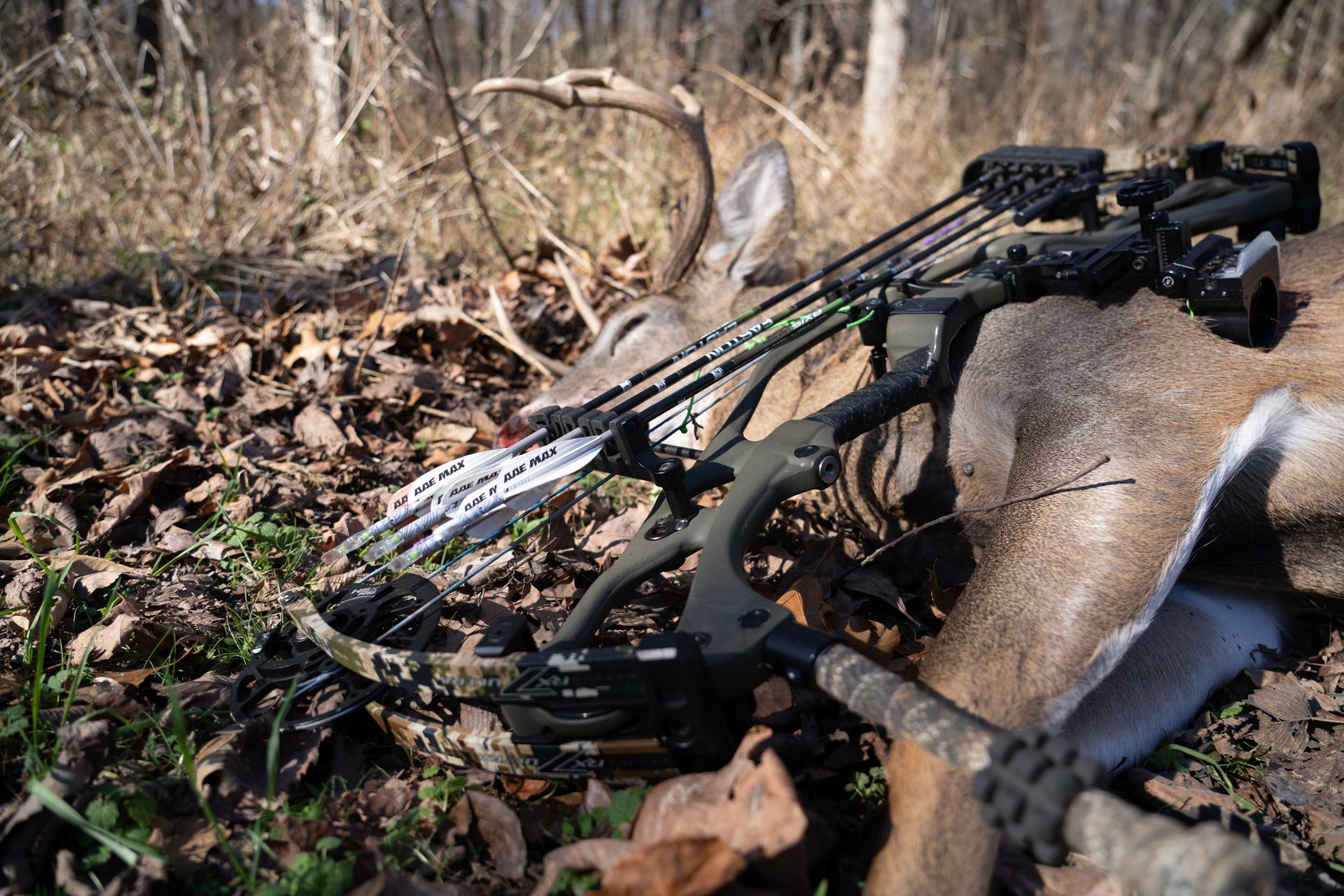
March 14, 2025
When North Carolina’s archery season rolls around, having the right gear isn’t just about preference—it’s about preparation, confidence, and performance in the field. At Grafton Archery & Outdoors , we’ve been helping bowhunters get ready for season openers for over 30 years from our location in China Grove . Whether you’re chasing whitetail in the Piedmont or setting trail cams for early movement, gearing up properly makes a difference when it matters most. This guide covers essential pre-season prep using gear we currently carry, including broadheads , release aids , scouting tools , and bow tuning services provided right here in the shop. Start with a Proven Broadhead: G5 Megameat Before you hit the woods, make sure your arrows are tipped with a broadhead that matches your bow setup and game target. The G5 Megameat is a mechanical broadhead we stock because of its 2-inch cutting diameter, strong steel ferrule, and proven field results. It’s built for compound bow shooters who want large wound channels and reliable blade deployment on impact. If you’re planning to shoot the Megameat this season, make sure your bow is tuned, your arrow spine is compatible, and your draw weight delivers the energy required for effective penetration. Not sure? Our techs can help check it in-store. Check Your Release: Trufire Edge FT A clean release is critical for consistent accuracy. If your current release has worn straps, inconsistent trigger tension, or just doesn’t feel right, it’s worth upgrading before the season starts. We carry the Trufire Edge FT , a forward trigger index-style release with micro-adjustability and a fold-back design for convenience. It’s a dependable option for bowhunters who want better trigger control and consistent anchor point feel—especially when shooting fixed pins or at longer ranges. We recommend practicing with your release multiple times before season opener. Even small changes to your release aid can affect arrow flight and accuracy, especially when broadheads are involved. Set Up Your Trail Cams Right: Reveal External Solar Panel Early-season scouting can be the difference between a full freezer and a season of missed chances. If you're using cellular trail cams, you know how quickly batteries can run out—especially in hot or remote setups. To keep cameras running through preseason and into October, we carry the Reveal External Solar Panel . Designed to extend the life of your Tactacam Reveal cam batteries, this solar panel is weather-resistant and easy to mount. It's a no-brainer for hunters who don’t want to risk dead batteries during peak activity windows. Pair it with a Reveal camera (not currently listed on-site, but check in-store for compatibility) and you’ll spend less time disturbing your spots and more time analyzing patterns. Fine-Tune Your Anchor Point: Ultraview UV Button A consistent anchor point improves accuracy, especially when shooting at variable angles or from elevated stands. The Ultraview UV Button , available in our shop, is a thumb-button release designed with ergonomics and accuracy in mind. It’s used by both hunters and target archers for its smooth trigger and repeatable feel. If you’ve never shot with a button-style release, now’s the time to test it before the season starts—not during your first sit. If you’re interested in comparing the UV Button to an index release like the Edge FT , we welcome you to come into the shop and try both before buying. Get Your Bow Tuned In-Shop Even the best gear won't help if your bow isn't tuned. Strings stretch, cams shift, and screws come loose over time. Before opening day, bring your bow in for a full inspection and tune-up. Our in-house technicians can help you: Paper tune your setup Chronograph your arrows Set your peep height and D-loop Check timing and cam sync Install and align new accessories or broadheads We’ve seen too many hunts ruined by a single missed issue—don’t let that be your story this fall. Come See Us Before the Rush Whether it’s replacing a worn release, getting set up with a new broadhead, or making sure your trail cams are charged and ready, we’re here to help you hunt with confidence. Our shelves are stocked, our technicians are ready, and our team is here to answer your questions face-to-face. Visit us at: Grafton Archery & Outdoors 1700 N Main St, China Grove, NC 28023 Call: (704) 855-1300 Email: graftonarcheryoutdoors@gmail.com Online: www.graftonarcheryoutdoors.com We’re more than a store—we’re hunters, too. Let’s get you ready for the season the right way.

March 7, 2025
If you bowhunt, then you already know—broadhead selection can make or break your success in the field. Whether you're chasing whitetail in North Carolina or preparing for your first out-of-state hunt, the broadhead is your final connection to the target. At Grafton Archery & Outdoors in China Grove , we help hunters every season find the right broadhead for their setup, and we stock field-proven gear that’s ready when you are. One of the broadheads we carry and recommend for whitetail hunters is the G5 Megameat —a mechanical head known for its large cutting diameter, field-point accuracy, and consistent deployment. What to Know About Mechanical Broadheads Mechanical broadheads, like the G5 Megameat, deploy their blades upon impact. This design allows for better aerodynamics during flight and larger cutting diameters upon entry. Hunters running high-performance compound bows often prefer mechanical broadheads for their flatter trajectory and ease of tuning. The G5 Megameat is a 3-blade mechanical broadhead with a 2-inch cutting diameter and a steel ferrule for improved strength. It uses a SnapLock collar system that holds the blades in place during flight and deploys on contact. This is not a broadhead designed for low-poundage or traditional archery setups—it performs best when paired with a well-tuned compound bow at sufficient kinetic energy levels. Customers using the Megameat have noted excellent blood trails and quick recoveries when paired with proper shot placement and a tuned rig. Like any broadhead, results depend on ethical shot distance, accuracy, and knowing your equipment. What we can say from the shop’s experience and customer feedback is that the Megameat consistently performs when used correctly. Pairing the G5 Megameat with the Right Equipment At Grafton, we carry accessories that complement mechanical broadheads like the G5 Megameat. Two of the most relevant to bowhunters looking to improve their consistency are the Trufire Edge FT release and the Ultraview UV Button . The Trufire Edge FT is a trusted index-style release aid that allows for precise trigger control and easy adjustability. For bowhunters transitioning into using mechanical heads, proper release execution can be the key to consistent arrow flight—and this release helps deliver that control. For those who prefer thumb button-style releases, the Ultraview UV Button is a clean, ergonomic option built with accuracy and shot execution in mind. It’s been widely used by target archers and hunters alike for its reliability and comfort. Consistent shot execution—whether with an index or thumb release—is essential to getting clean arrow flight, which directly affects how well your broadhead performs downrange. Make Sure You're Set Up Right We don’t believe in guesswork at Grafton Archery & Outdoors. If you’re not sure how your bow is tuned, what your arrow specs mean, or whether your draw weight supports a mechanical broadhead like the Megameat, we encourage you to stop by the shop. We’ve been doing this for decades, and our bow techs are here to walk you through every part of the process. We’ll help you: Inspect your current broadhead setup Evaluate your arrow and draw weight Test release options like the Edge FT or UV Button Match your gear to your goals for the season If you're planning for the next hunt or want to get dialed in before the opener, we also carry accessories like the Reveal External Solar Panel , a smart add-on for powering your trail cams in the preseason without constant battery swaps. It’s an easy upgrade that helps you spend more time hunting and less time checking gear. Visit Us In-Store or Shop Online You can browse products like the G5 Megameat , Trufire Edge FT , Ultraview UV Button , and Reveal Solar Panel on our website , or stop by the shop to speak with one of our archery techs in person. Grafton Archery & Outdoors 1700 N Main St, China Grove, NC 28023 Call: (704) 855-1300 Email: graftonarcheryoutdoors@gmail.com We’ve been in the same location for over 30 years and continue to serve the local archery and bowhunting community with honest advice, reliable gear, and hands-on service. Whether you’re heading into the woods this weekend or tuning up for the season, we’re here to make sure your gear performs when it matters most.
© 2025
All Rights Reserved | Grafton Archery & Outdoors
